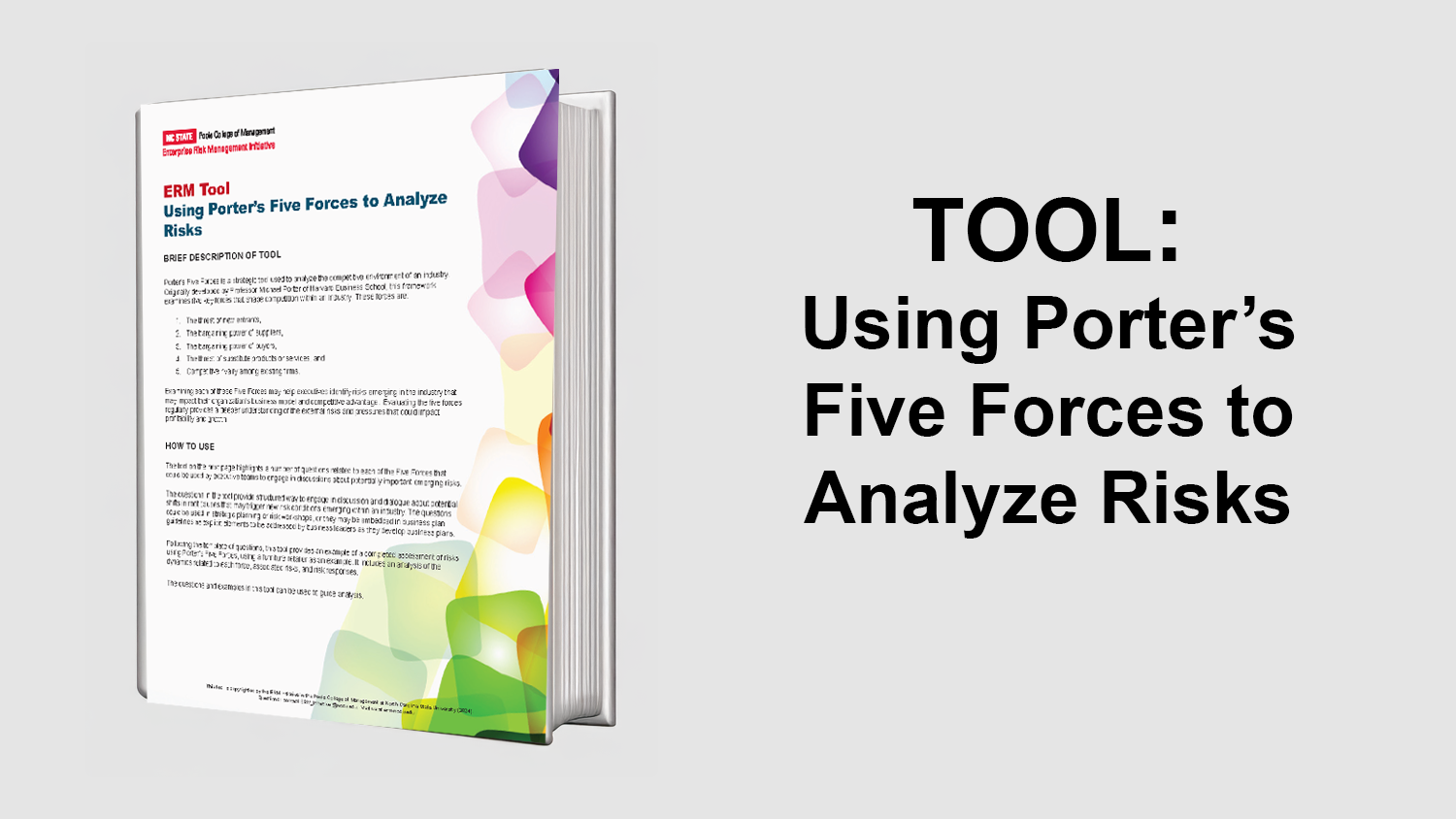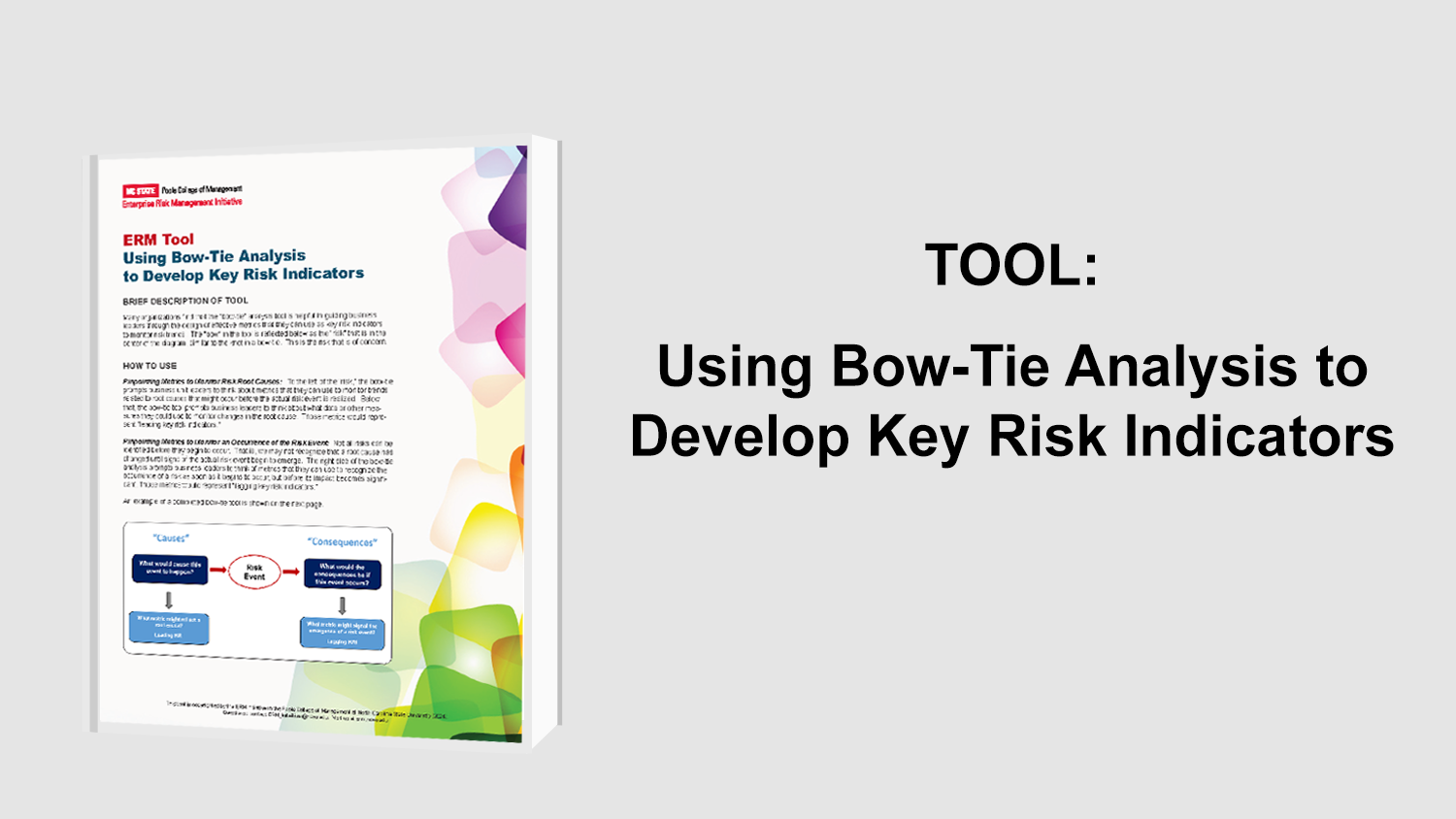Value Killers in the Current Risk Environment
A recent study by Deloitte LLP examined root cause issues for companies experiencing significant one-month drops in stock valuations to see if they could identify common themes related to reasons driving the loss. What they found was that, while the losses were unique, there were similar underlying risks that drove the loss. They found that most value killers are caused by high-impact, low-frequency risks, which often expose the company’s biggest strategic, operational, or financial deficiencies. They also observed that a number of the risks were linked to other risks, and those correlations and interdependencies had a massive negative impact on valuations. In addition to outlining a number of other root cause concerns for these value killers, the study also includes thoughts about how to manage some of these risk drivers.
To conduct the research, Deloitte identified companies that experienced a twenty percent loss or more in excess of the any loss experienced for the MSCI Global 1000 index in a single monthly period. For example, if the MSCI Global 1000 index fell 15% in a month, any company with a 35% or more decrease in stock price were examined (35% – 15% = 20% difference).
The study focused on companies whose value dropped significantly in a relatively small amount of time: one month. Thirty-eight percent of the largest, global, publicly traded companies experienced a loss of 20% or more in the value of their stock over a ten-year period (2003 to 2012). The study then identified the events that caused these companies to lose more value than the index. These events are referred to as Value Killers.
They were five risks that were identified as the most common throughout the decade:
- High-Impact, Low Frequency Risks
- Correlated or Interdependent Risks
- Liquidity Risks
- M&A Risks
- Culture and Compensation Risks
High-Impact, Low Frequency Risks
High-impact, low frequency risks like the financial crisis in 2008 and natural disasters were the most reoccurring events that caused companies to lose significant stock value. The majority of the companies with large losses experienced a decrease in stock value in 2008 and 2009. 30% of these companies were in the financial industry.
To prepare for these types of risks, the study suggests companies to implement broad scenario based planning, conduct stress tests and plan for consequences of a wide array in order to gain an understanding of the weaknesses within the company.
Correlated or Interdependent Risks
The high-impact, low frequency events typically left companies exposed to interdependent risks. 90% of the companies in this study experienced multiple risks at the same time. Usually, a large risk event in one department of the company triggered an event in another department. The commonality among these companies was that risks were managed in isolation instead of an entity wide approach.
In order to prevent large losses from interdependent risks, the study suggests that companies should not manage risks in isolation and identify responses to help management prevent against a cascading effect.
Liquidity Risks
The financial crisis placed companies into one of two categories: companies with enough capital to finance their operations and companies that were unable to raise capital because they were highly leveraged. The study mentioned a concrete company that took on debt for an acquisition just before the financial crisis. This company faced two value killers at the same time. One was a drop in demand because the real-estate market was in a down turn and the second was that investors were uncertain about the company’s liquidity, which ultimately led to a downgrade in its credit rating.
To reduce companies’ exposure to liquidity risk, the study suggests that companies should know how much capital would be needed in a credit crisis and secure alternate sources of credit.
M&A Risks
There was a 64% increase in Merger and Acquisition related loss events compared to the ten years preceding the study. It appears that M&A exposes companies to additional risks such as liquidity or a shift in customer trends and preferences.
Culture and Compensation Risks
The study found that accounting scandals and value killers related to fraud were significantly reduced compared to the decade preceding this study. This is believed to be a result of an increase in regulation such as the Sarbanes-Oxley Act. However, compensation policies could have played an important role in the financial crisis. Did the corporate culture contribute to risk taking outside the companies’ risk appetite? The study did not come to a conclusion on this question, but mentioned research to suggest that aggressive compensation policies and lack of ethical polices at the executive level contributed to the financial crisis.
Companies should consider whether their compensation policies and the corporate culture are aligned with their risk appetite.
Conclusion
Of the 1,000 companies the study looked at, 38% experienced a Value Killer event and only six percent did not experience a decrease of 10% or more in their stock price. The study observed that the 24% of the companies who did experience a Value Killer event recovered within a year. However, the companies that took more than a year to recover took much longer to recover and 18% never fully recovered. The study concluded that although companies cannot eliminate the risks they face, they can prepare to respond to them. And the companies that are better prepared tend to have shorter recovery period than those that do not.
Original Article Source: “The value killers revisited
A risk management study“, Deloitte, 2014


